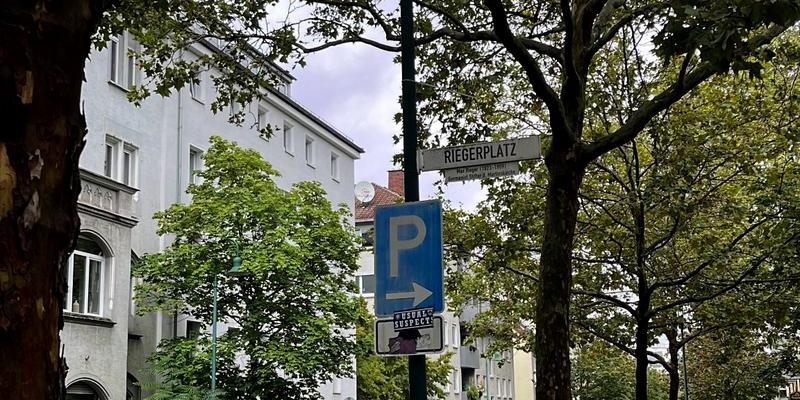Mission Heinerblock is Ready for Take-off
The sixth mission, “Heinerblock” now extends emergenCITY’s research with a second living lab in the heart of Darmstadt.
The sixth mission, “Heinerblock” now extends emergenCITY’s research with a second living lab in the heart of Darmstadt.

From the very beginning, emergenCITY has been thinking about the resilience of digital cities considering the interplay of technology with social, historical and urban aspects. With emergenCITY’s new mission Heinerblock, this theoretical approach is now becoming practical: Together with the Wissenschaftsstadt Darmstadt, emergenCITY researchers are working on the transformation of a Darmstadt neighbourhood in a so-called Heinerblock.
For some time, a citizens’ initiative has been pushing to transform their neighbourhood in the Lichtenberg quarter according to the approach of superblocks – an idea for low-traffic neighbourhoods which has already been successfully implemented in Barcelona or Vienna for example. The core objective of such a superblock is to implement a more sustainable concept for traffic and land use around several neighbouring blocks of houses in an urban neighbourhood.
The Wissenschaftsstadt Darmstadt is planning to implement its own adapted concept for a low-traffic neighbourhood in Darmstadt in spring 2024, where citizens also refer to themselves as Heiner; hence the project’s name Heinerblock. A core objective of the concept is to reduce motorised transit traffic in the Heinerblock to a minimum and thus create more open spaces. These can contribute to improve the urban climate and promote interaction in the neighbourhood.
Researchers from the programme areas City and Society and Communication of emergenCITY are accompanying this planned transformation process of the City of Darmstadt by investigating and helping to design the process. The Lichtenberg district will become a living lab in which theoretical concepts developed by emergenCITY can be tested in practice and evaluated afterwards. The main question of emergenCITY’s mission focuses on whether a connection can be made between the structure of an urban district and its resilience.
More specifically, emergenCITY is contributing around forty low-energy sensor boxes that are attached to street lamps and can provide information on temperature, air quality, noise pollution and land use for example. This data will be provided to the local public, with due regard for data protection and without the collection of personal data. emergenCITY scientists are furthermore working on ideas for the use of the newly created spaces in the neighbourhood.
On a social level, emergenCITY is pursuing the question of how the transformation of a quarter into a more resilient urban space can be designed. Taking into account historical knowledge and innovative gamification approaches, the transformation of the Heinerblock serves as an example to develop a general guideline for the integrative and inclusive transformation of neighbourhoods into climate-adaptive urban spaces.
Further information and a contact to the emergenCITY mission are available on the mission website. In addition, the Wissenschaftsstadt Darmstadt is presenting their concept online. Finally, the Citizens’ Initiative runs a website listing their visions and claims. An overview of initial media reactions can also be found here.